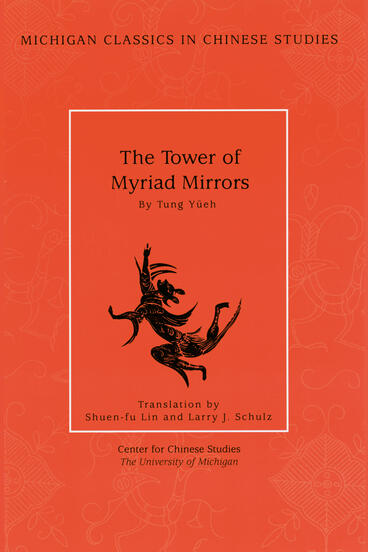The Tower of Myriad Mirrors
A Supplement to <em>Journey to the West</em>
Mixing slapstick and satire, Monkey’s enlightenment offers a glimpse into late Ming intellectual history
Description
China’s most outrageous character—the magical Monkey who battles a hundred monsters—returns to the fray in this seventeenth-century sequel to the Buddhist novel Journey to the West. In The Tower of Myriad Mirrors, he defends his claim to enlightenment against a villain who induces hallucinations that take Monkey into the past, to heaven and hell, and even through a sex change. The villain turns out to be the personification of his own desires, aroused by his penetration of a female adversary’s body in Journey to the West.The Tower of Myriad Mirrors is the only novel of Tung Yüeh (1620–1686), a monk and Confucian scholar. Tung picks up the slapstick of the original tale and overlays it with Buddhist theory and bitter satire of the Ming government’s capitulation to the Manchus. After a nod to Journey’s storyteller format, Tung carries Monkey’s quest into an evocation of shifting psychological states rarely found in premodern fiction. An important though relatively unknown link in the development of the Chinese novel, and a window into late Ming intellectual history, The Tower of Myriad Mirrors further rewards by being a wonderful read.
Shuen-fu Lin is Professor of Chinese literature at the University of Michigan.Larry Schulz holds a Ph.D. in Chinese intellectual history from Princeton University, where he wrote his dissertation on Lai Chih-te and the phenomenology of cha

